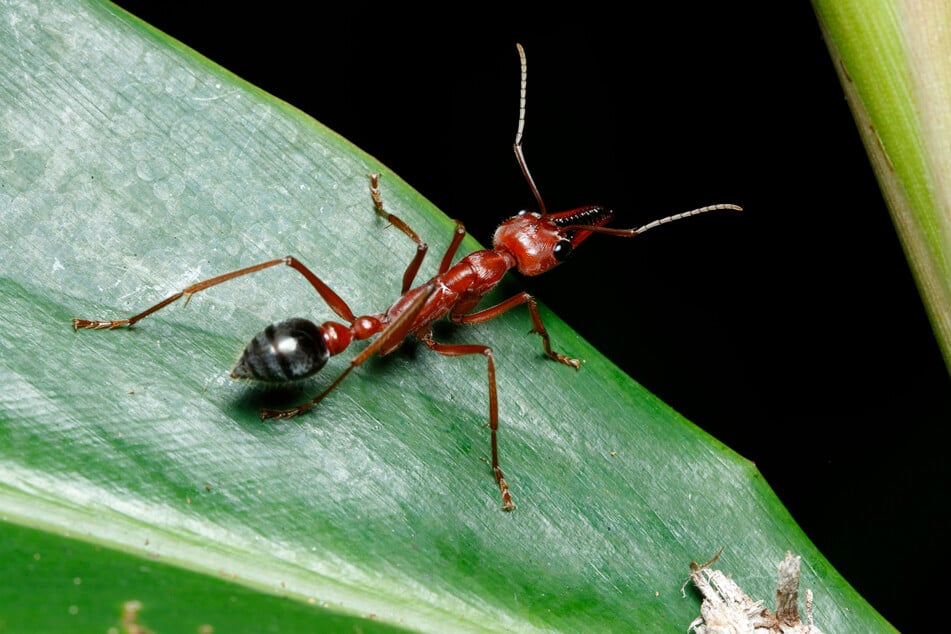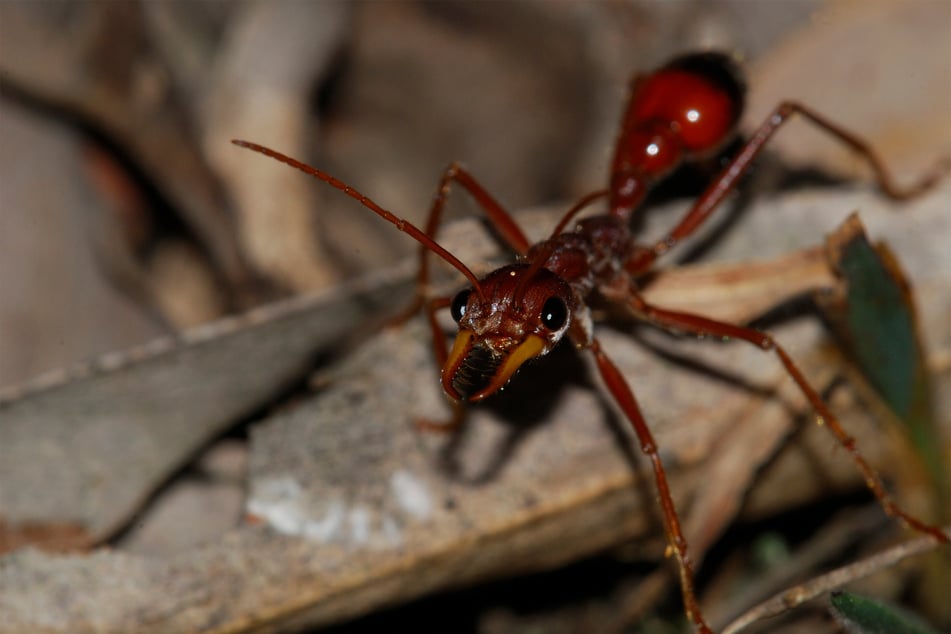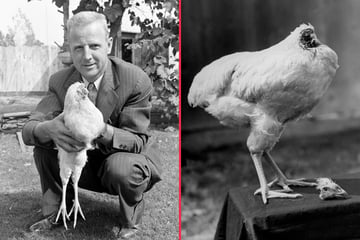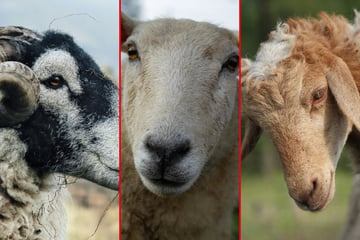What is the most dangerous ant in the world?
Ants are often a by-word for something small and relatively insignificant, but some of these little insects can pack a huge punch! So what's the most dangerous ant in the world?

Colloquially known as inch ants or bull ants, the orange and black stripes of this ant betrays its nastiness and danger.
To the residents of Australia's east coast, though, these inch-long dudes have a fearsome look, pincers worthy of a spider, and a bite that's equally painful.
So what ant species is considered the world's most dangerous? This ant holds the animal world record for the most deadly ant in the world, and for good reason.
Here's why.
What's the world's most dangerous ant species?
For an animal to achieve a world record for being dangerous, it has to be a pretty nasty creature. When it comes to the Australian bull ant, known as the myrmecia pyriformia, this is certainly the case. While not particularly deadly, these inch-long monstrosities bite with such a potency and power that few would deny the pain and distress caused by a bull ant attack.
When attacking its prey (or, in this case, you), the bull ant will use both its stinger and its jaws at the same down, crunching down and injecting poison so potent that three people have died from its bite over the last hundred years. Hard to kill and extremely common on Australia's east coast, these ants are also extremely aggressive and protective.
There are a number of different types of bull ant, each with different characteristics and features, but all dangerous. Known as inch ants on account of being generally about an inch in length, they are generally found in forests and woodland, but it's also not unusual for a bull ant to hang out in urban areas as well.

What makes the bull ant so dangerous?
One of the most extraordinary things about the bull ant is that it has earned its Guinness World Record not only because of its tendency to bite humans, but because of its diet as well. The bull ant doesn't just eat nectar and plants, like most ants, but animal prey as well, which is carries back to its nest.
The Australian Museum warns that bull ants pose a danger to humans, due to their painful stings and aggression. If bitten, it's recommended to immediately apply an ice pack and commercially available sprays.
What makes the bull ant so dangerous, though, is its aggressive attitude. Bull ant nests can extend as far as ten feet below the ground. They will attack anything that comes within their territory, and even chase intruders long distances away from the nest. In short - these huge ants never seem to give up.
"Bull ants also have well-developed vision and will follow or even chase an intruder a good distance from the nest... The ants deliver painful stings by gripping the intruder with their mandibles, curling their abdomen to reveal the sting and injecting the victim with venom."
Why is the most poisonous ant so deadly?
The bull ant is dangerous not necessarily because of its bite, but because of its significantly venomous stinger, which it can use multiple times in a single attack. In a single attack from a bull ant, it will latch onto your skin while biting you, stinging you with the barb at the back of its abdomen multiple times in only a few seconds.
In some cases, the venom in this sting is enough to kill within 15 minutes, though deaths are profoundly rare (the last human killed by a bull ant was way back in 1988). The danger mainly comes from the histamines and proteins found within its venom, which can cause severe allergic reactions within humans.
Speaking to the Australian Broadcasting Corporation, Marc Widmer, senior technical officer at Western Australia's Department of Primary Industries and Regional Development, explained that while they are usually unlikely to be dangerous, bull ants are worth keeping an eye on.
"They are capable of biting, but it's no more than a mechanical nip," he explained. "Their venom is made up of a variant of proteins, histamines, and other compounds... The mix of those, combined with a person's individual response, will typically result in a nasty reaction."
When looked at quantitatively, Widmer explains, the bull ant will generally inject far more venom in an attack than your humble bumblebee:
"A honey bee will have a barbed stinger so they can't remove that once delivered... but a bull ant doesn't, so they can just pull their stinger out and go about their business, or if caught in clothing, deliver multiple stings."
The most dangerous ant is a scary little thing
While it is very unlikely that the bull ant will kill you when it gives you a nasty nip, it will certainly hurt a lot. These huge ants look the part of the bully, too, with spider-like legs, huge and visible pincers, and stingers that look more like something you would see on a wasp than what you'd expect from ants.
Don't panic if you are bitten, but simply apply some antiseptic, keep it elevated and clean, and observe it to make sure you don't have a severe reaction. If things escalate, and your symptoms are particularly bad, though, it's time to seek emergency medical attention.
Cover photo: IMAGO/ZUMA Wire




